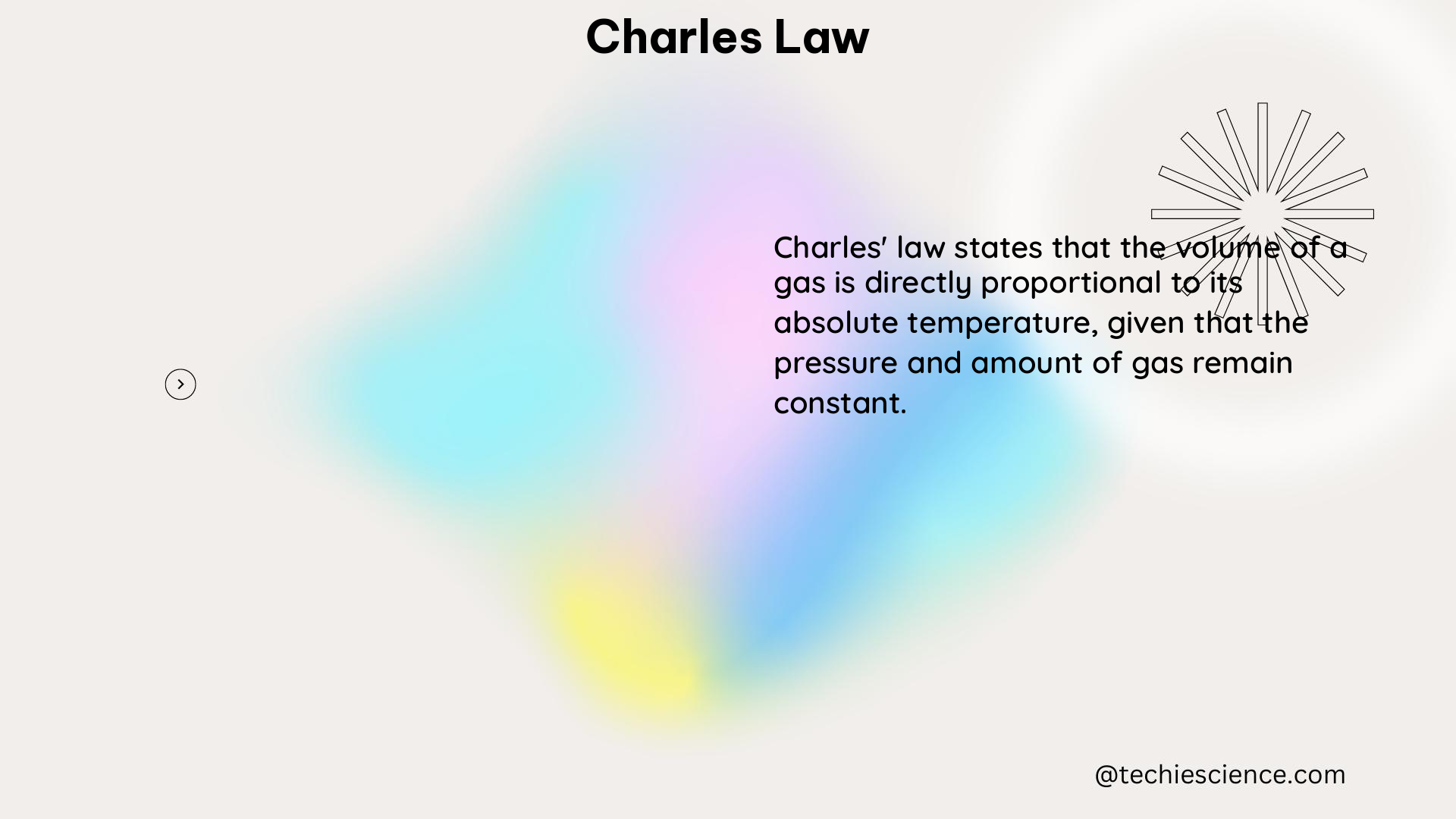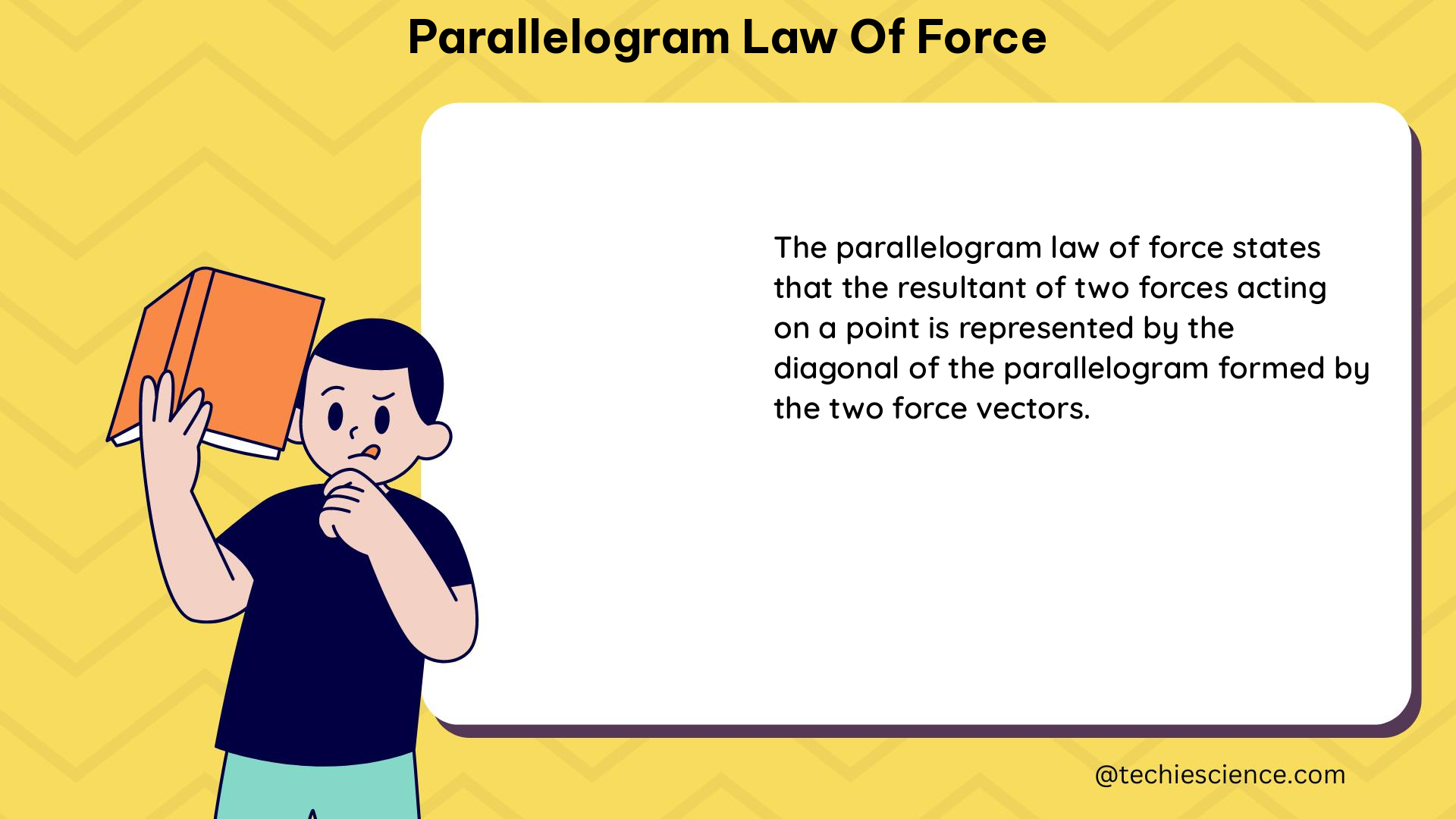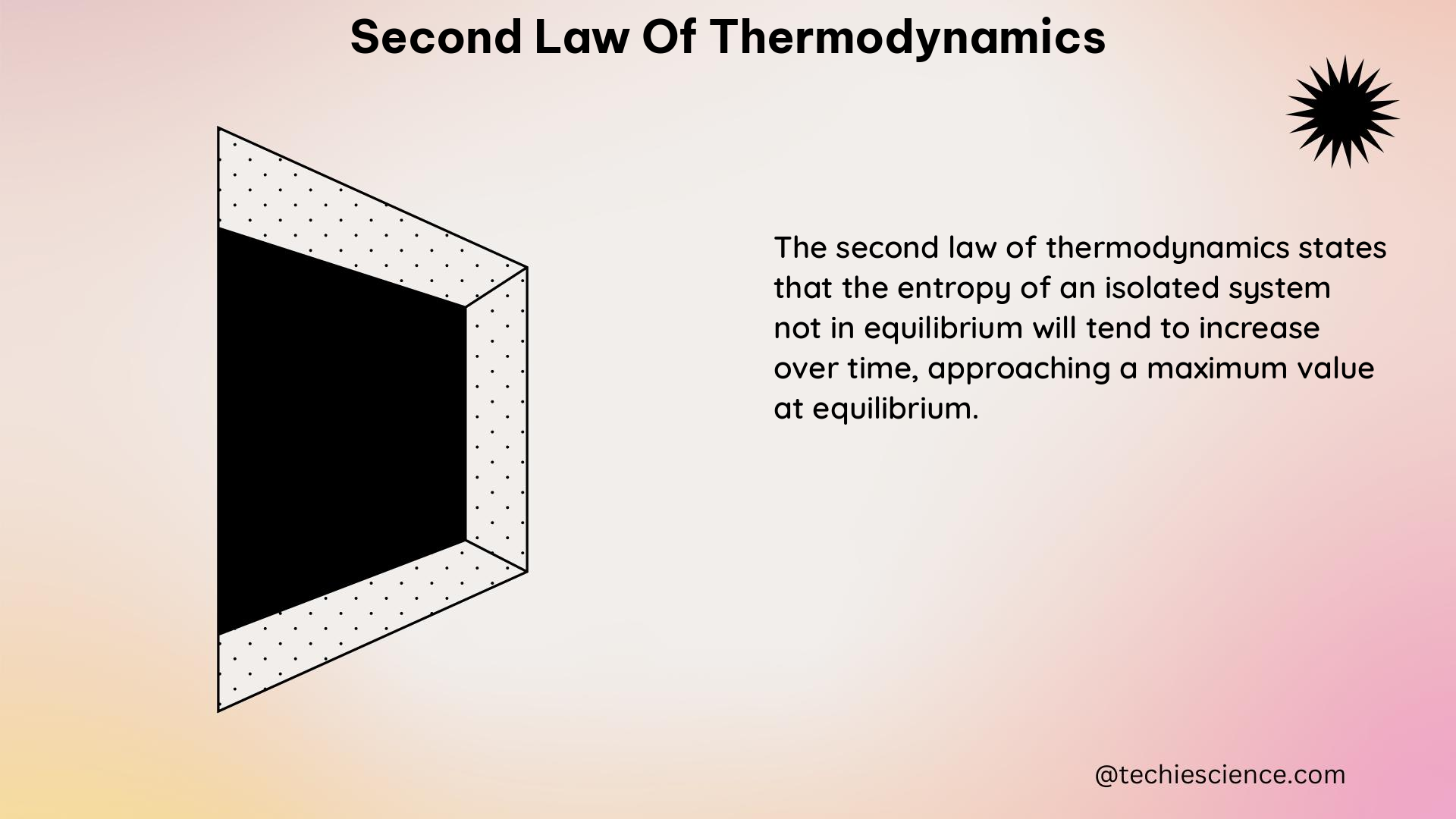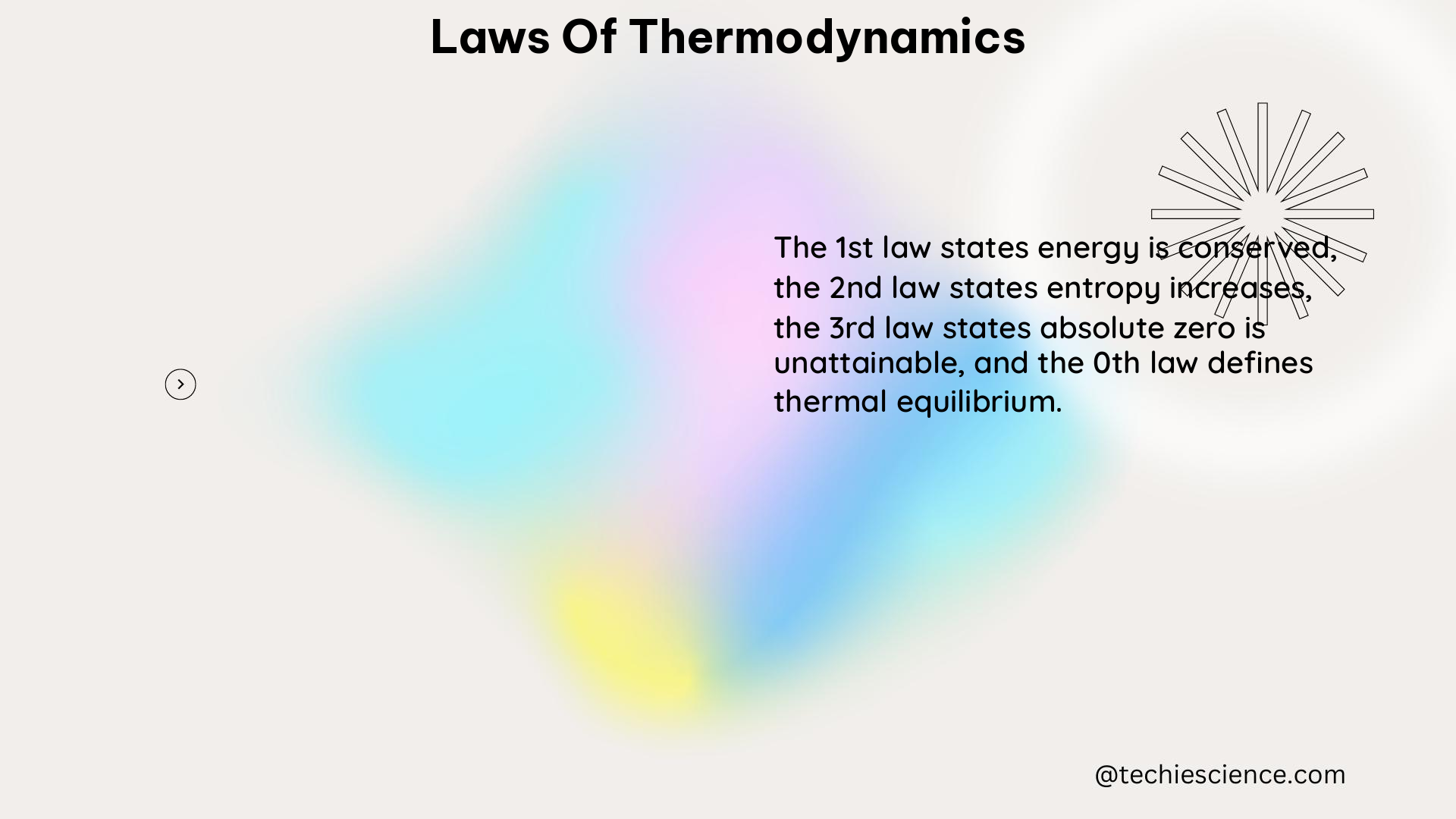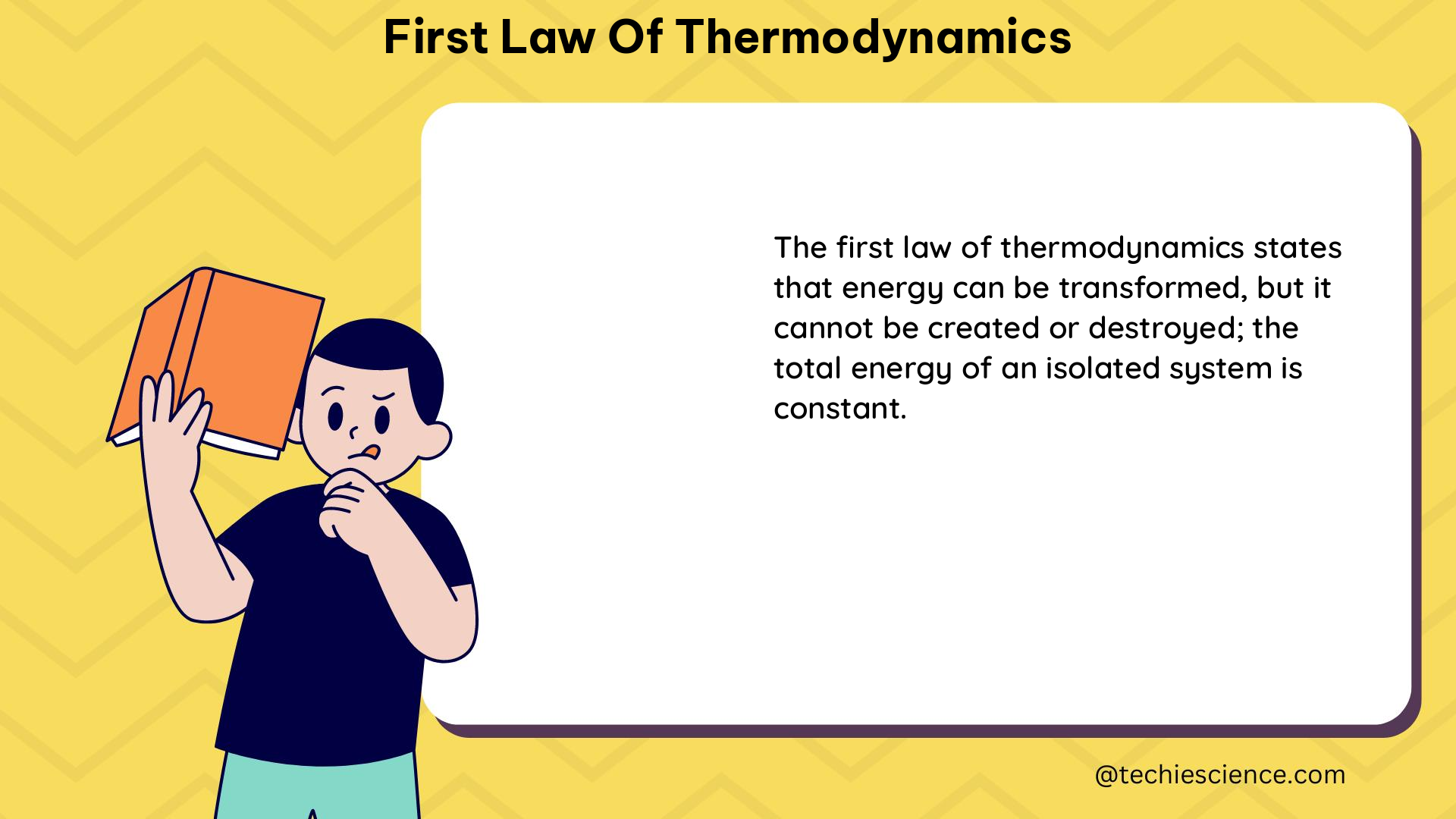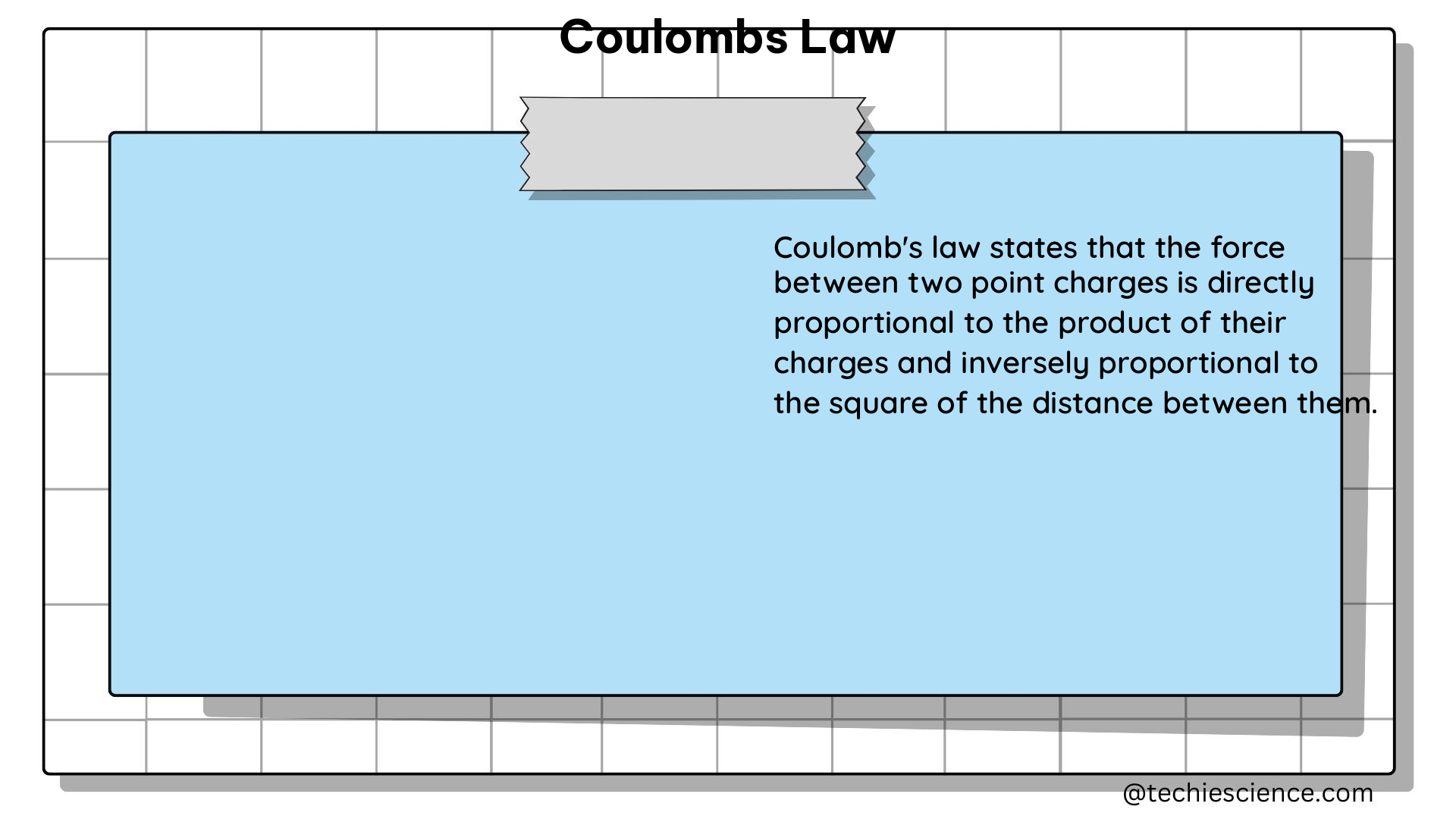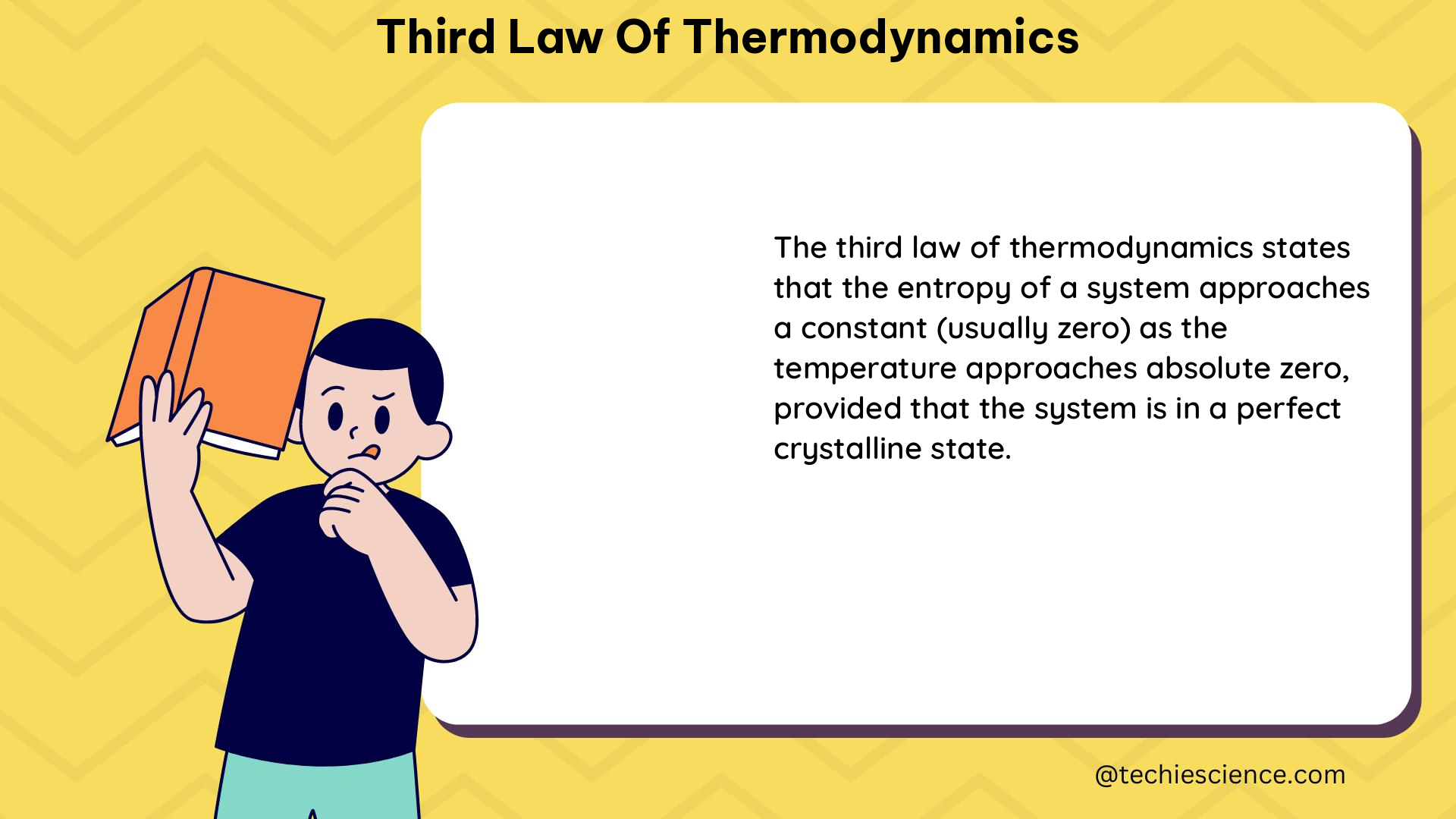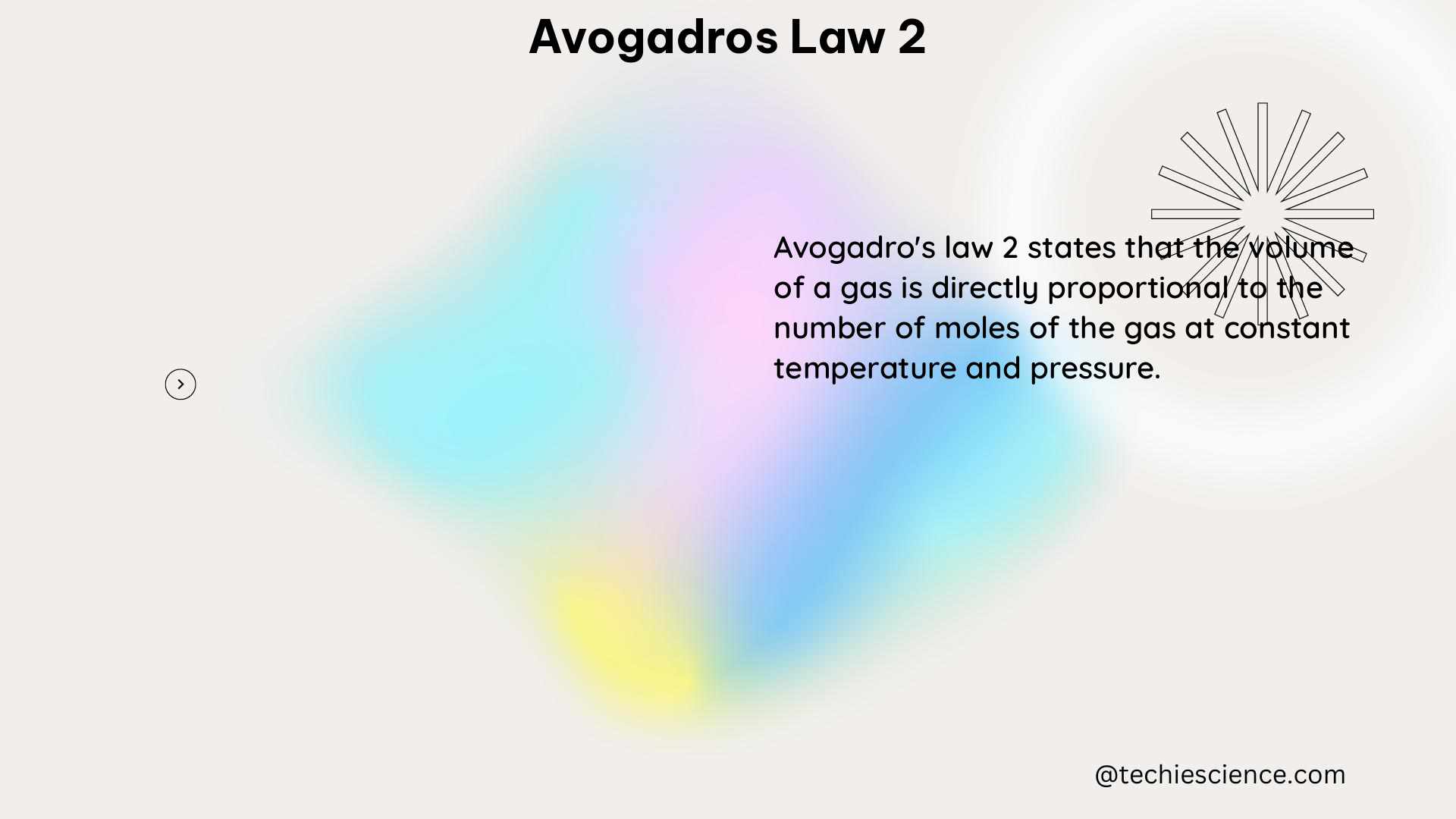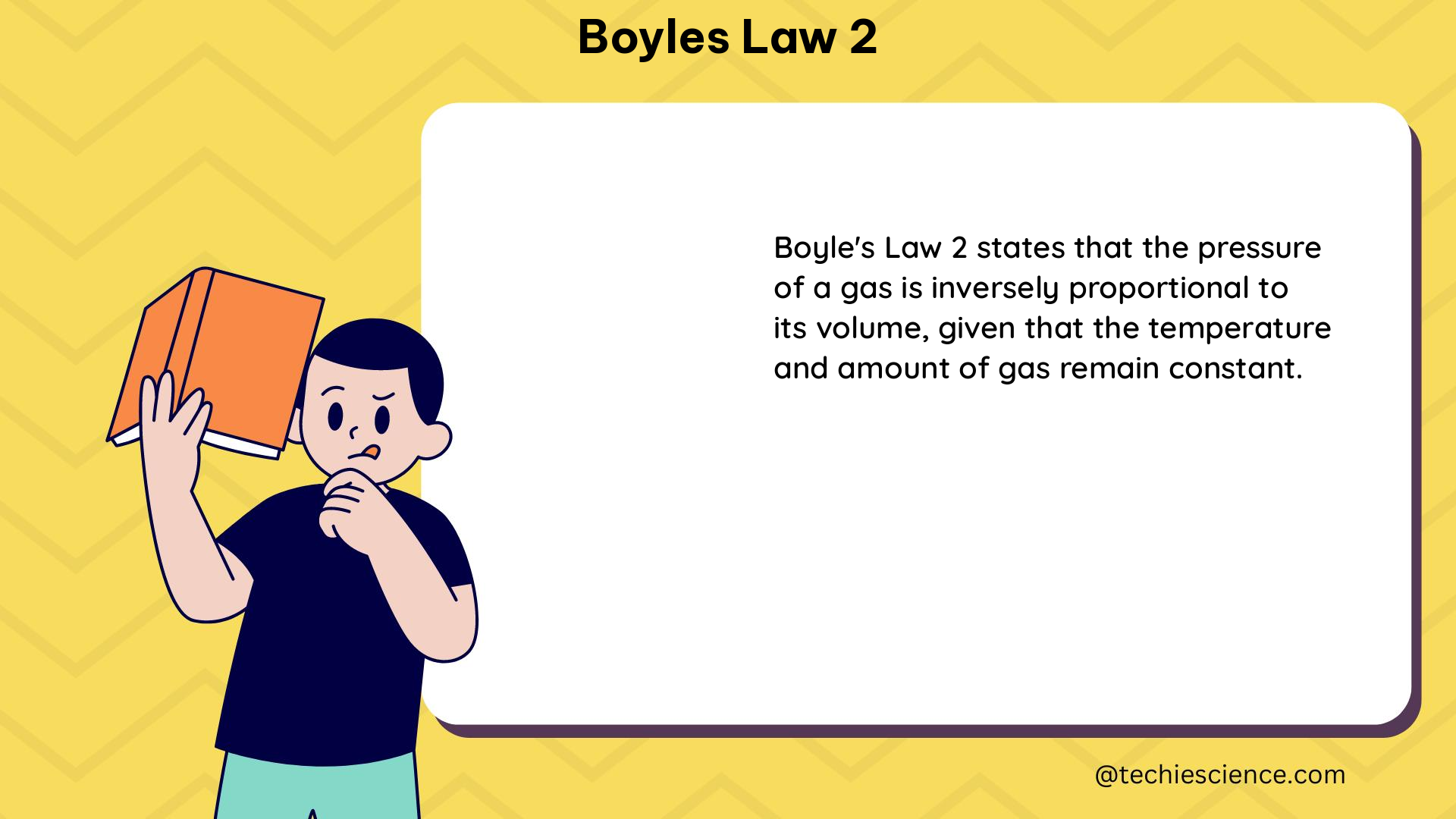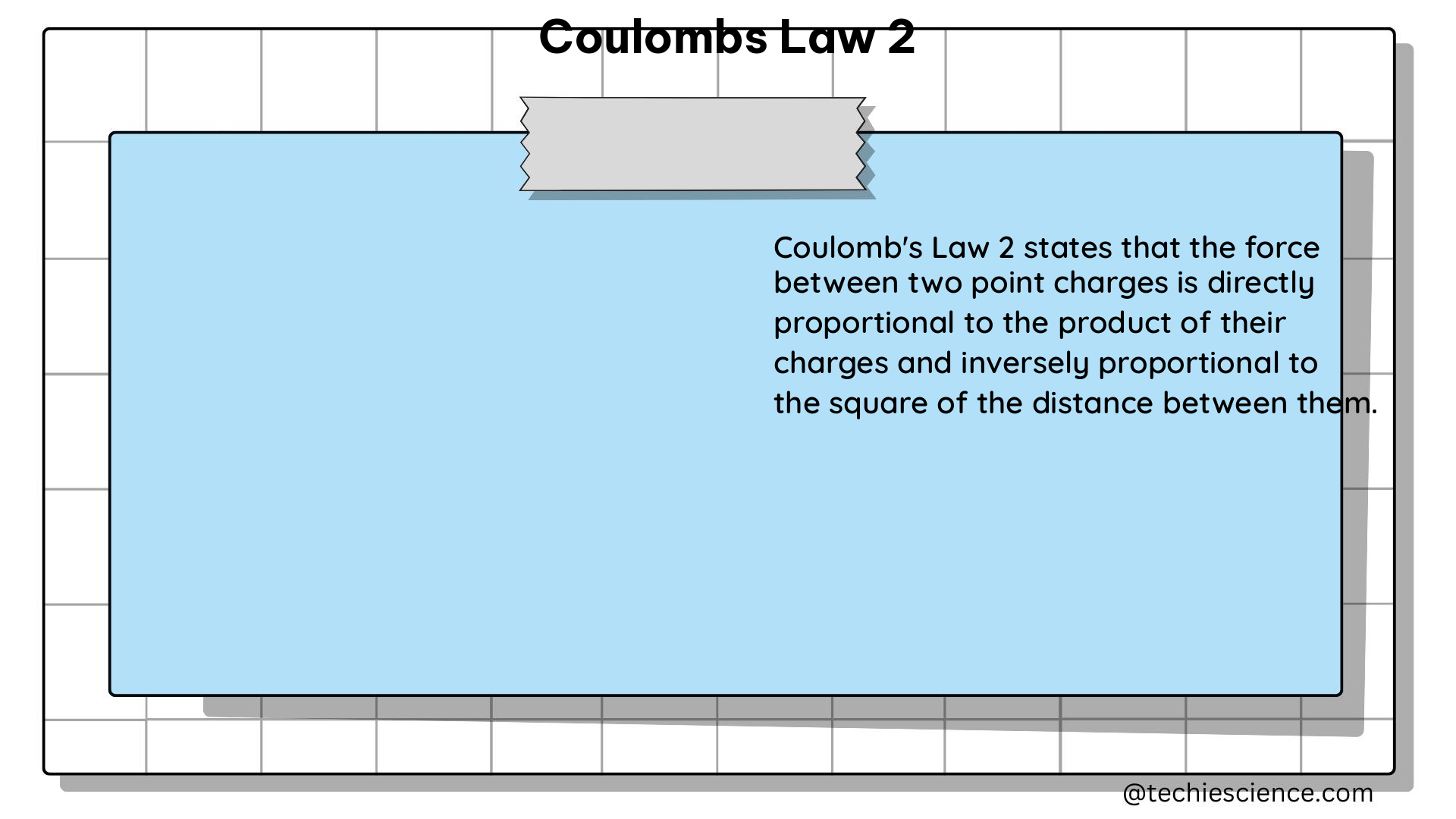Charles’s Law: A Comprehensive Guide for Science Students
Charles’s Law is a fundamental principle in thermodynamics that describes the relationship between the volume and temperature of a gas at constant pressure. This law states that the volume of a given mass of gas varies directly with the absolute temperature of the gas when pressure is kept constant. The absolute temperature is measured with … Read more
